After nearly two decades of uninterrupted presence, the crane that has dominated the sky above the Uffizi and the heart of Florence is preparing to leave the scene for good. The massive metal structure, more than 60 meters high and visible from several miles away, will be dismantled between June 16 and June 21. The work began at 7:45 a.m. this morning: one of the most crucial and spectacular phases, the removal and grounding of the heavy horizontal arm placed about sixty meters above the ground, was accomplished with the help of a maxi hook lifted aloft between about 11:30 and 11:45 a.m. All operations were documented by the photographs of Massimo Sestini, who captured with his lens all the highlights of the start of the construction site. A removal as much awaited as symbolic, marking the return to the full beauty of the Florentine urban landscape.
The construction site for the expansion of the Uffizi Gallery had started in 2006, with the crane destined to carry out the loading, unloading and moving of materials for the project to double the exhibition spaces. Over these long years, its presence has sparked controversy, irony and even a veritable “urban legend,” becoming the emblem of an endless construction site.
“It’s a moment Florence has been waiting for for a long time,” says Uffizi director Simone Verde. “With the metal monster out of the way, the face of Florence returns intact and inviolate in all its blazing beauty, after almost twenty years. This operation confirms that good stewardship can triumph despite the technical difficulties we have had to solve in recent months; and it testifies to the Uffizi Galleries’ determination to become, fully renewed, the ambassadors of Italian culture in the world.”
The highlight of the removal will be celebrated with an official event on the museum’s terrace, just above the Loggia dei Lanzi, with the participation of Culture Minister Alessandro Giuli. It will be an occasion to emphasize not only the aesthetic value of the gesture, but also its political and cultural value: in fact, the liberation of the Florentine skyline is also meant to be a message of rebirth, efficiency and attention to the historical identity of the city.
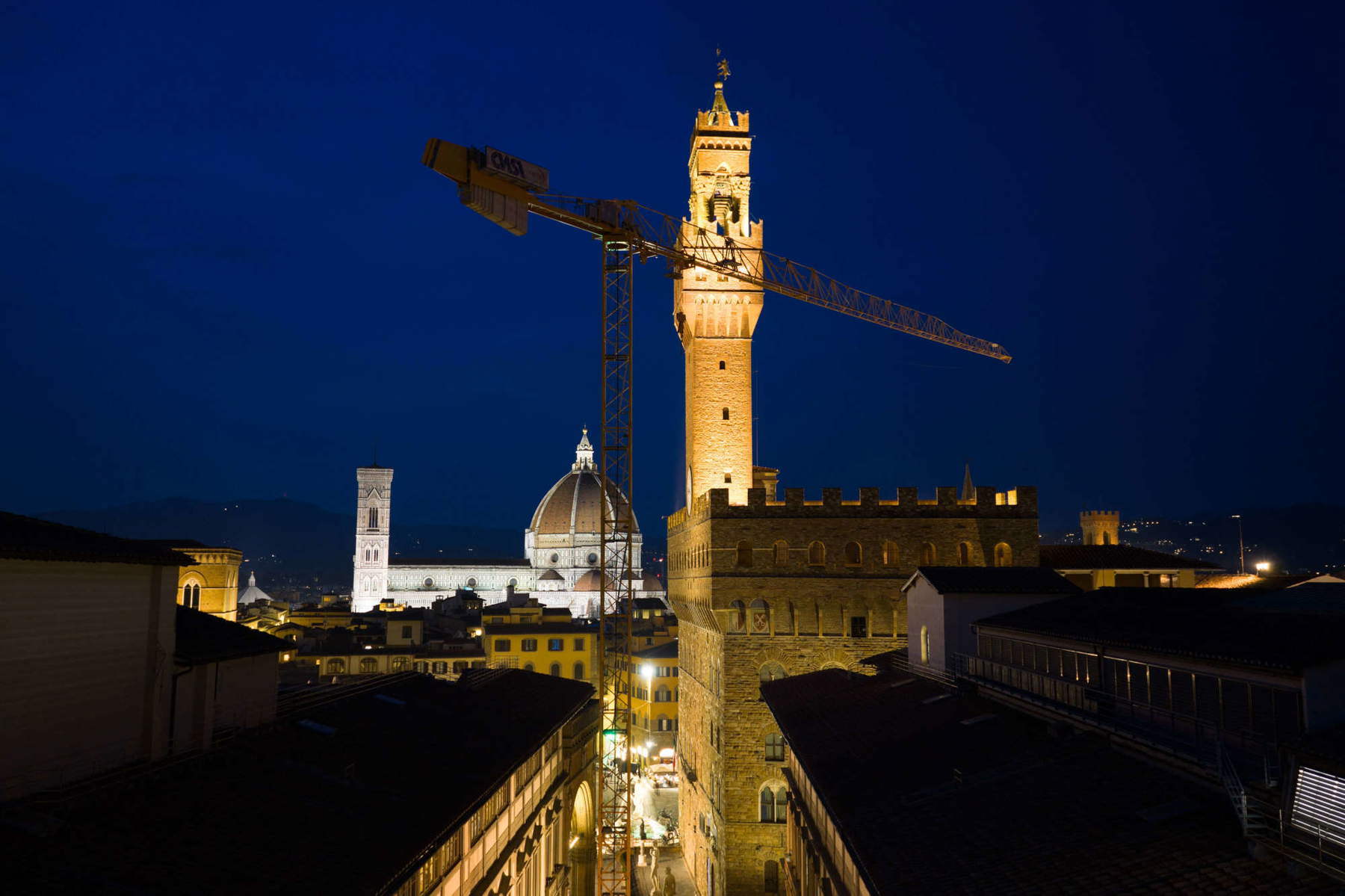
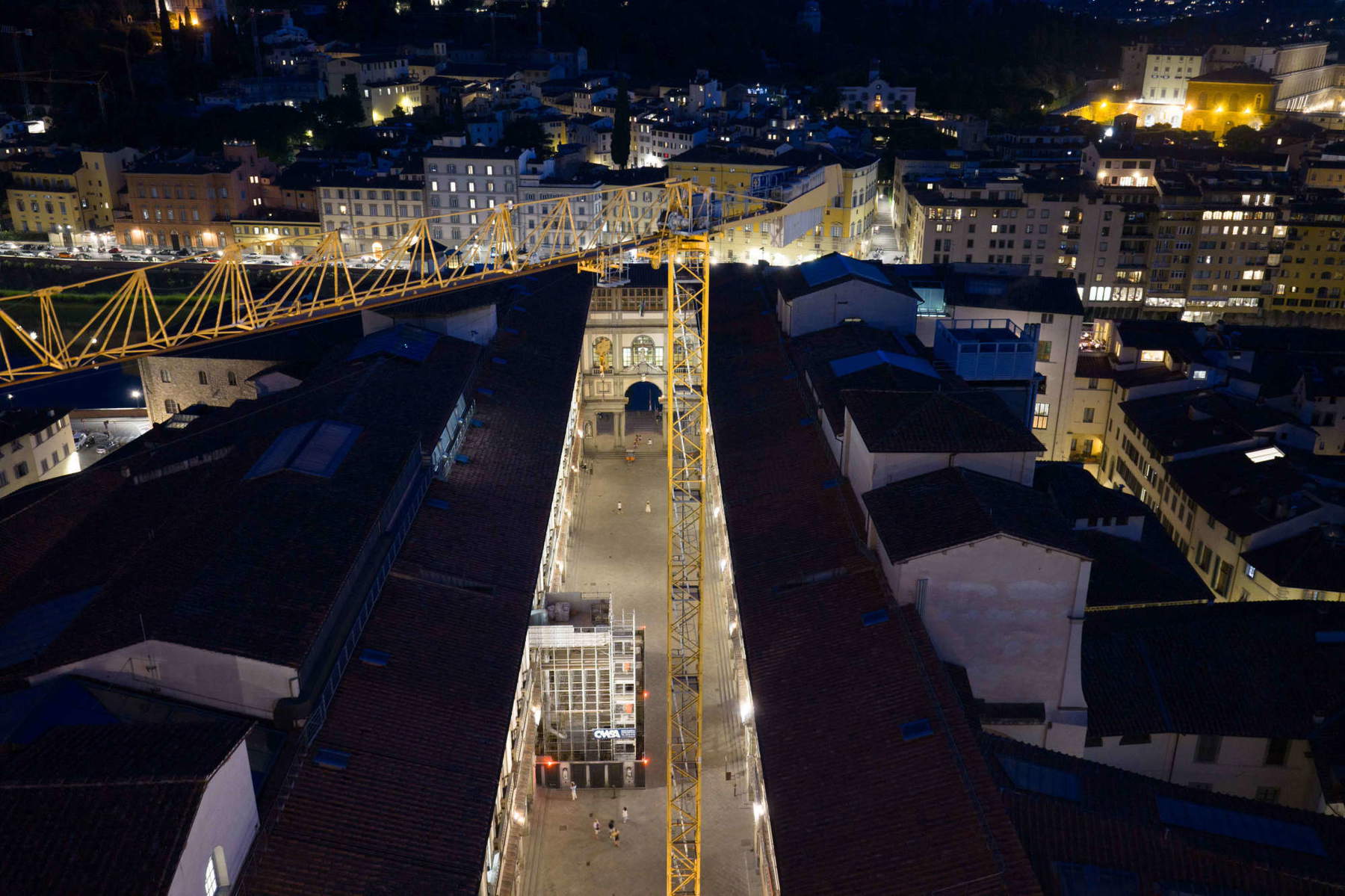


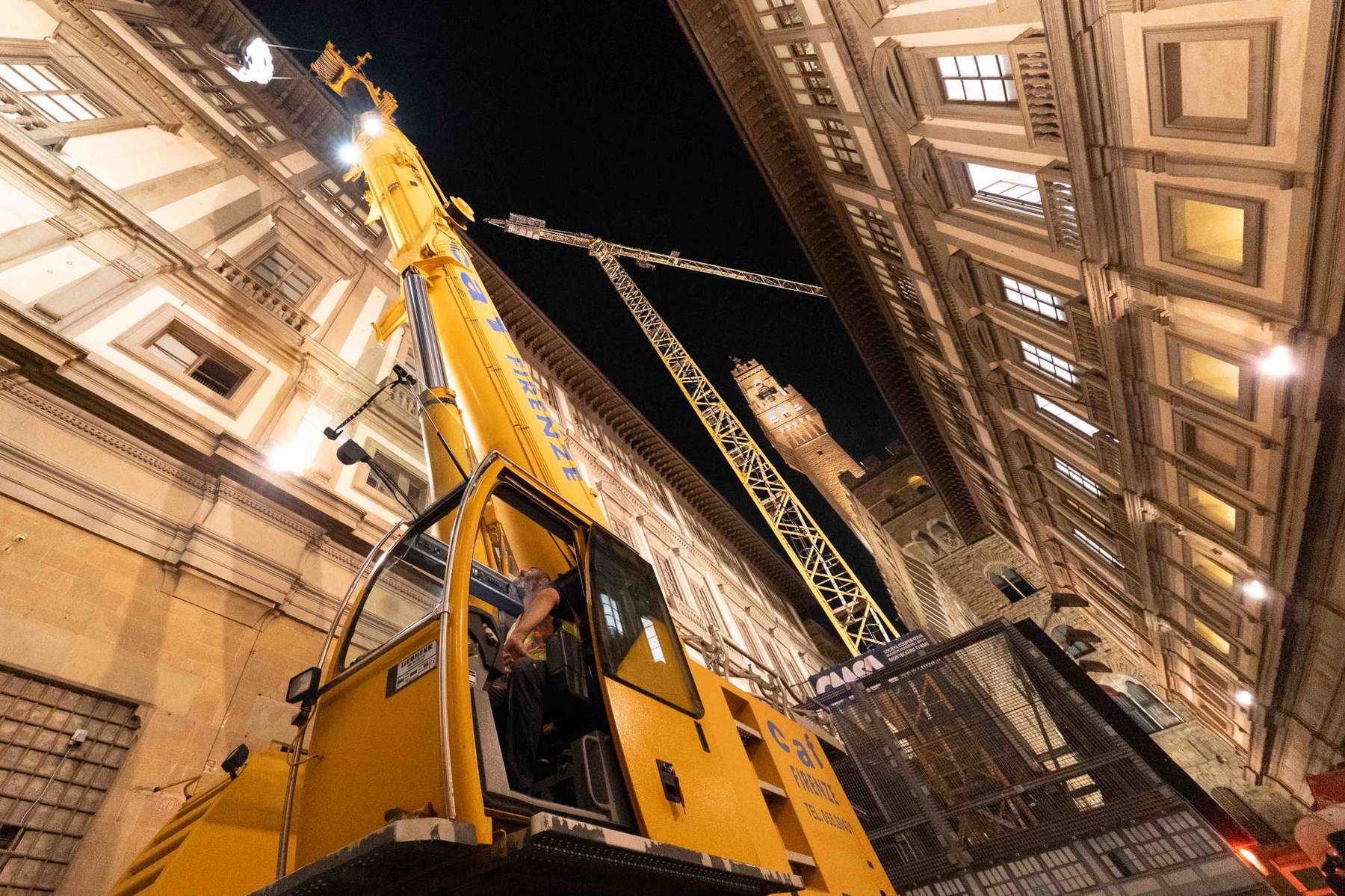
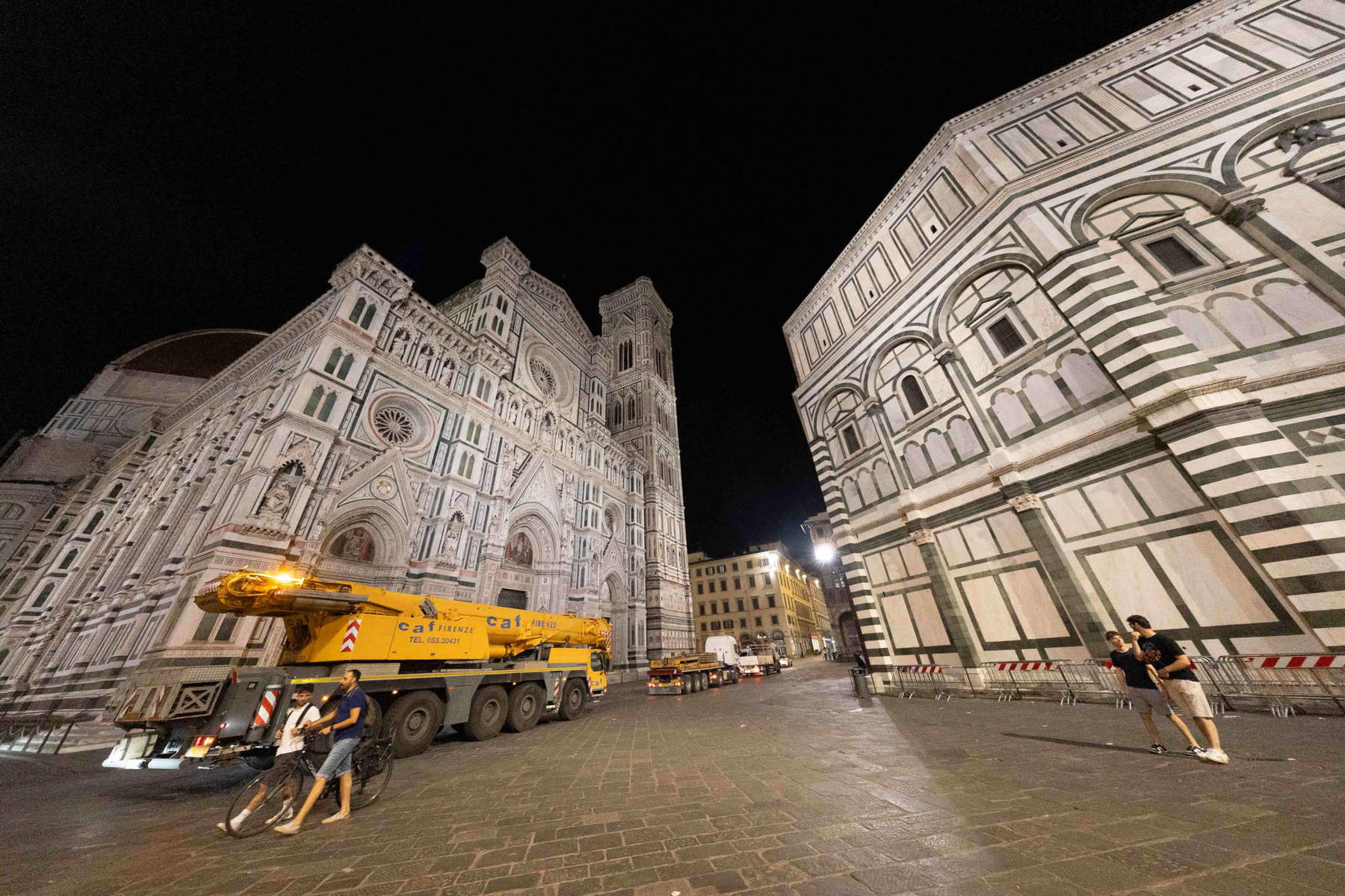
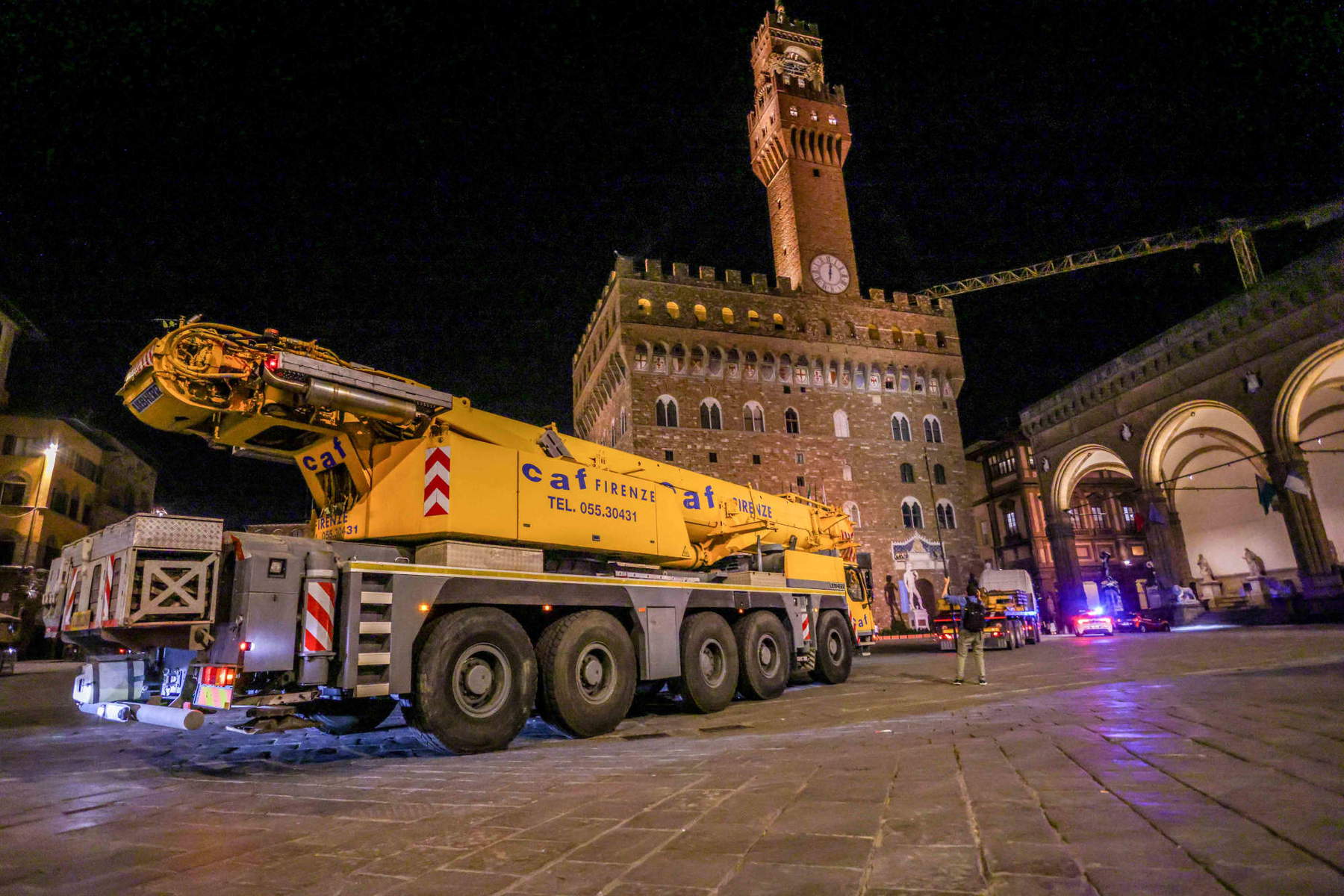
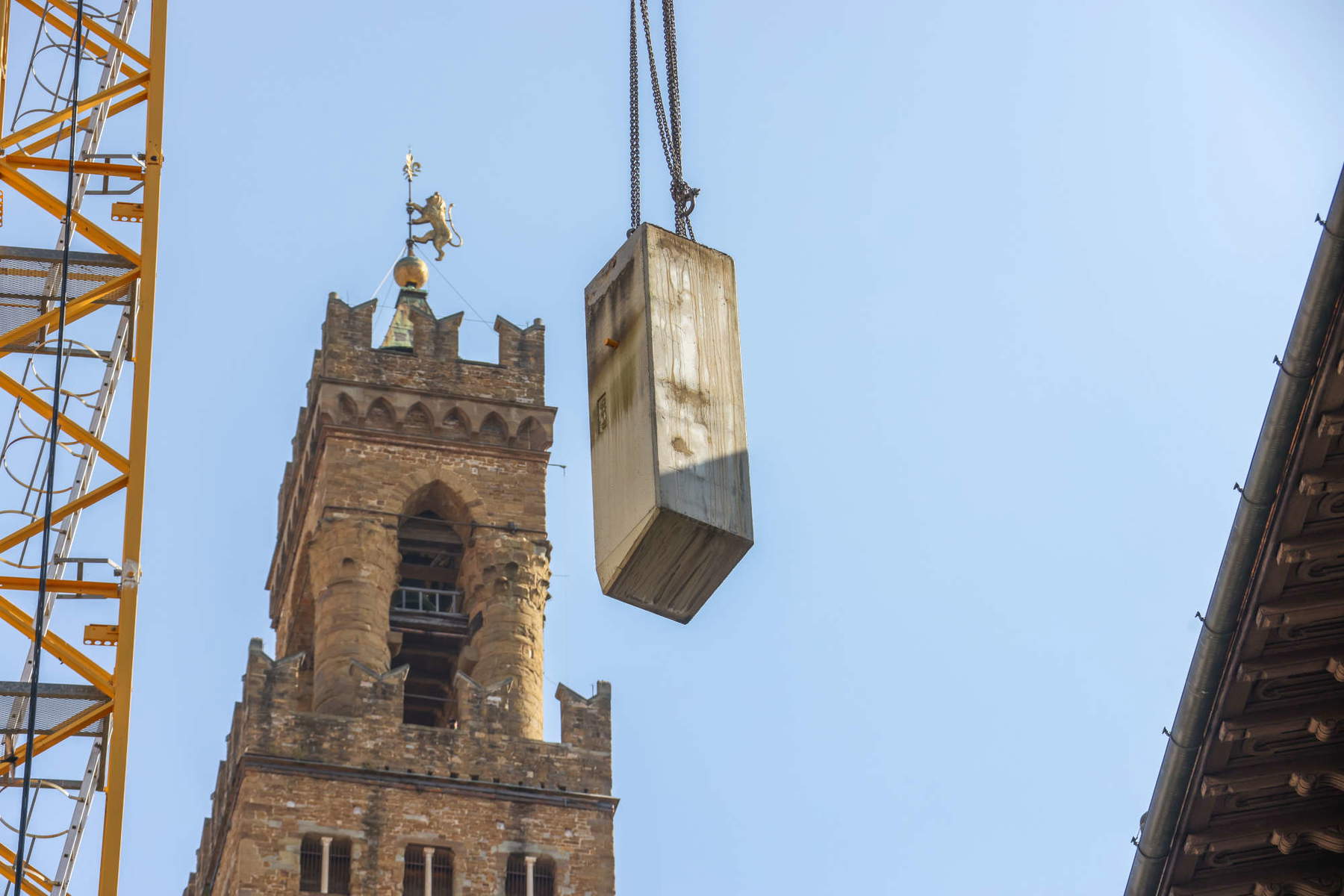
The construction site will not stop, but it will be transformed. In fact, after the removal of the crane, a new, lighter set-up will begin, allowing work to continue on the completion of the “New Uffizi” without defacing the historic center. In place of the giant structure, a non-impacting freight elevator will be installed, designed to ensure the continuity of the works without compromising the visibility and usability of the urban landscape.
The intervention was made possible thanks to the timely reorganization of the construction site, carried out by the museum together with the person responsible for the New Uffizi, Valerio Tesi. A year-long work, conducted with discretion and determination, aimed at optimizing the logistics and ensuring the supply of all the necessary materials, so as to make the function of the maxi crane obsolete.

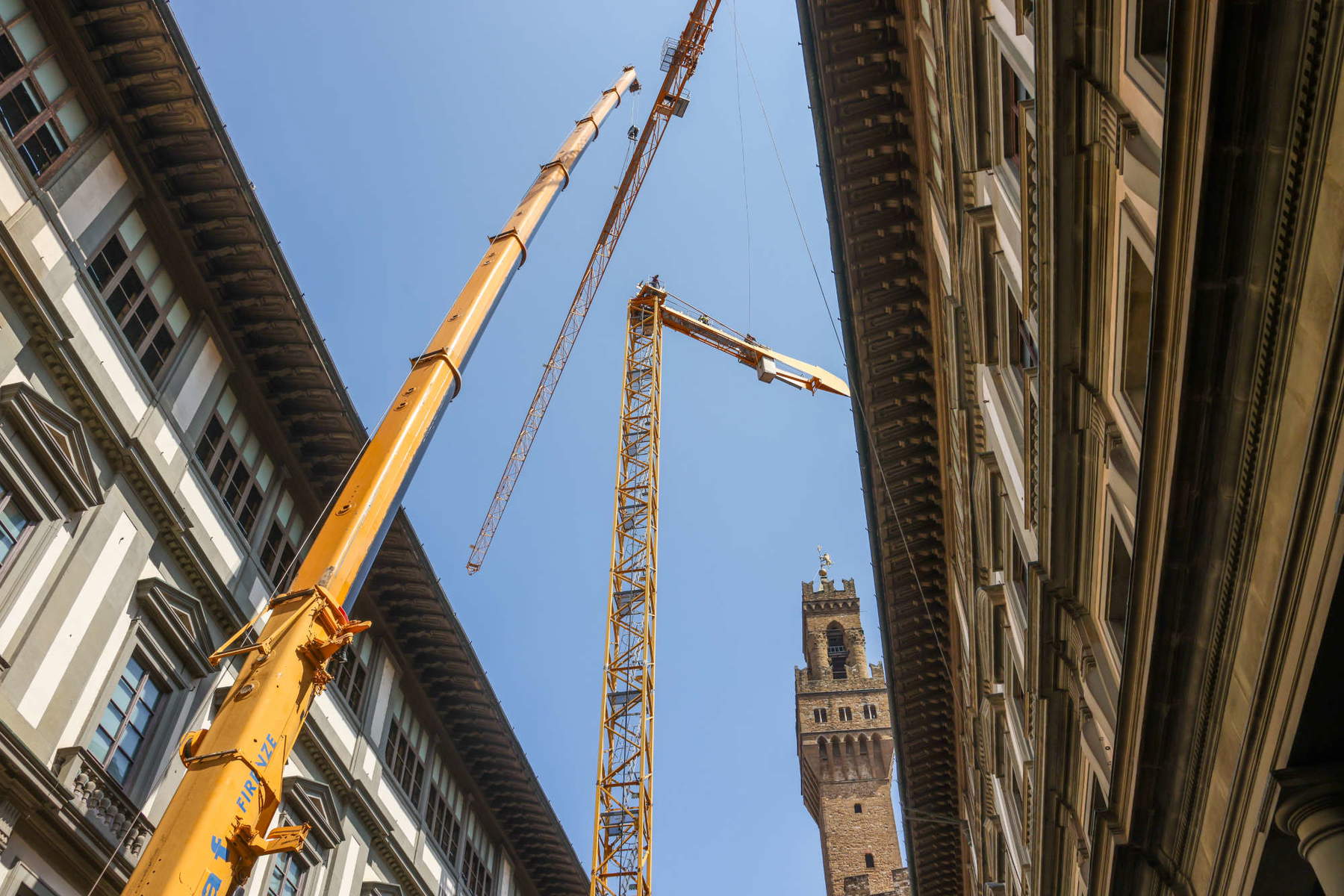
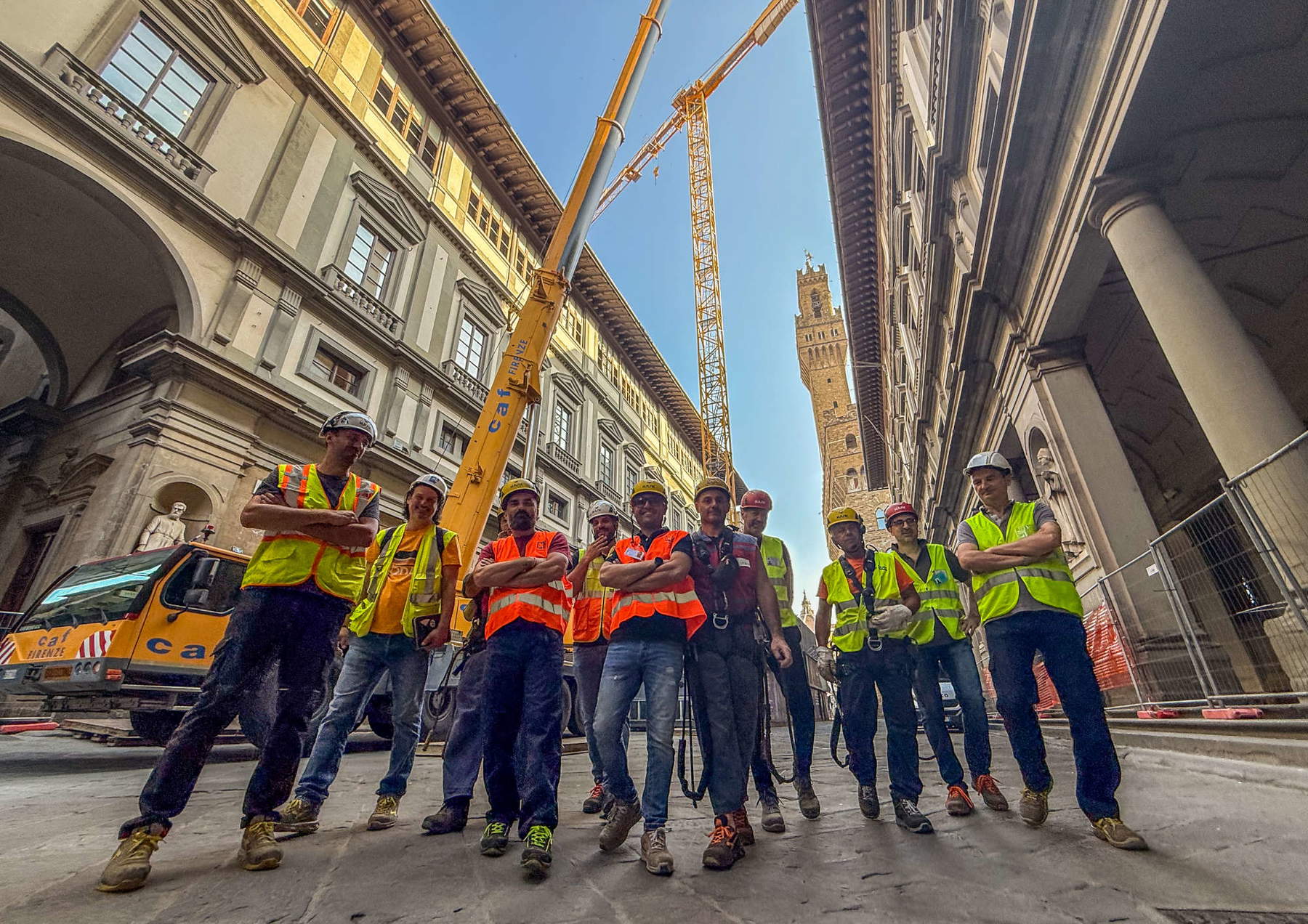


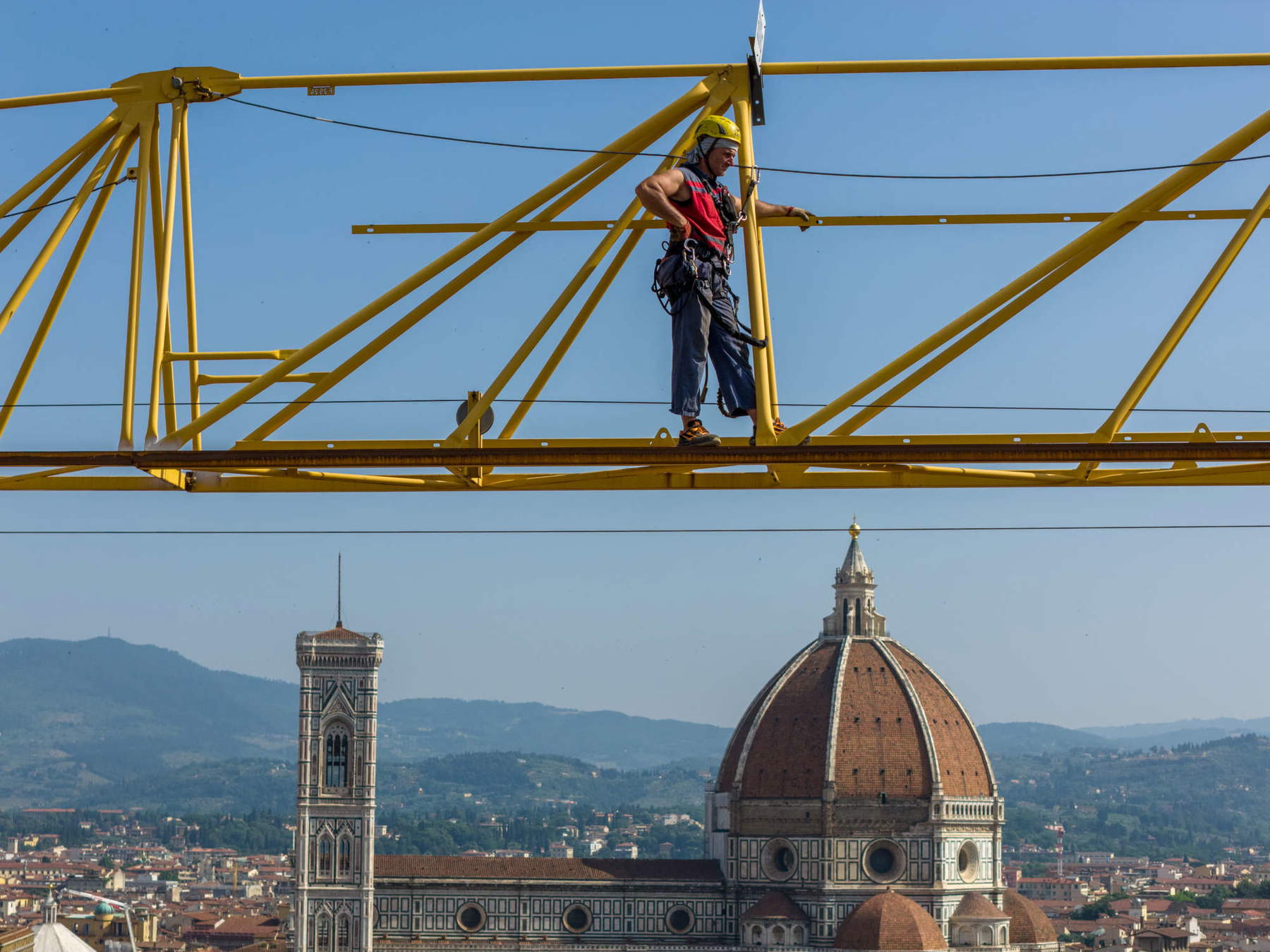

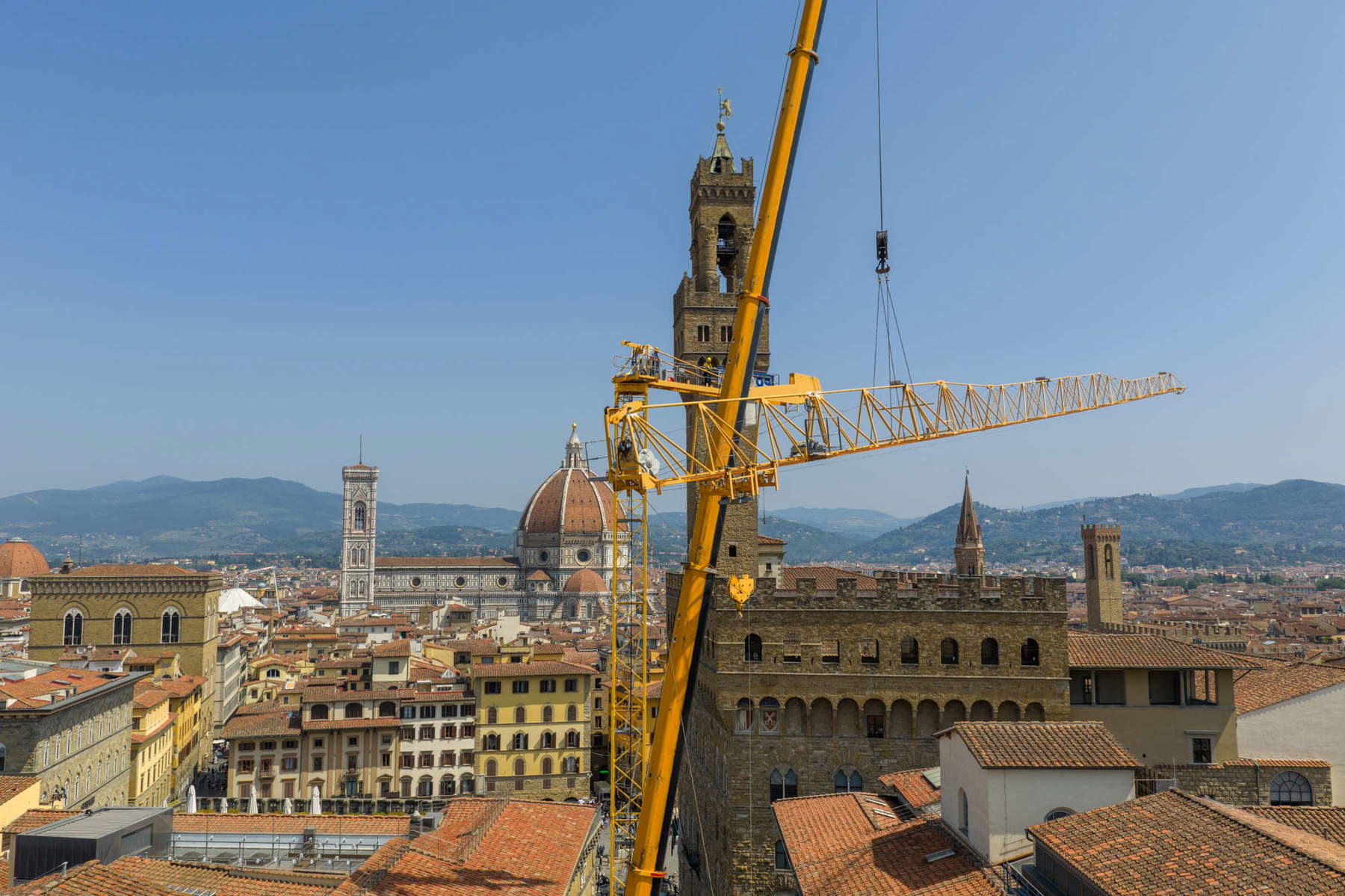
Fundamental to the success of the operation was the contribution of the business world, which offered concrete and immediate economic support. In fact, the new “light” construction site is made possible by a grant of about 180 thousand euros, made available by a consortium of local entrepreneurs and businesses. It includes leading names such as Stefano Ricci, Leonardo Bassilichi, Giorgio Moretti, Stefano Gabbrielli, Elisabetta Fabri, and Marco Carrai, together with Confindustria, Enic and the Fondazione CR Firenze.
A public-private synergy that testifies to the shared interest in safeguarding Florence’s cultural heritage and landscape, as well as the desire to make a concrete change in the management of the city’s major construction sites. A change of mentality that also aims to transform the approach to public works, with greater attention to timing, aesthetic impact and transparency of operations.
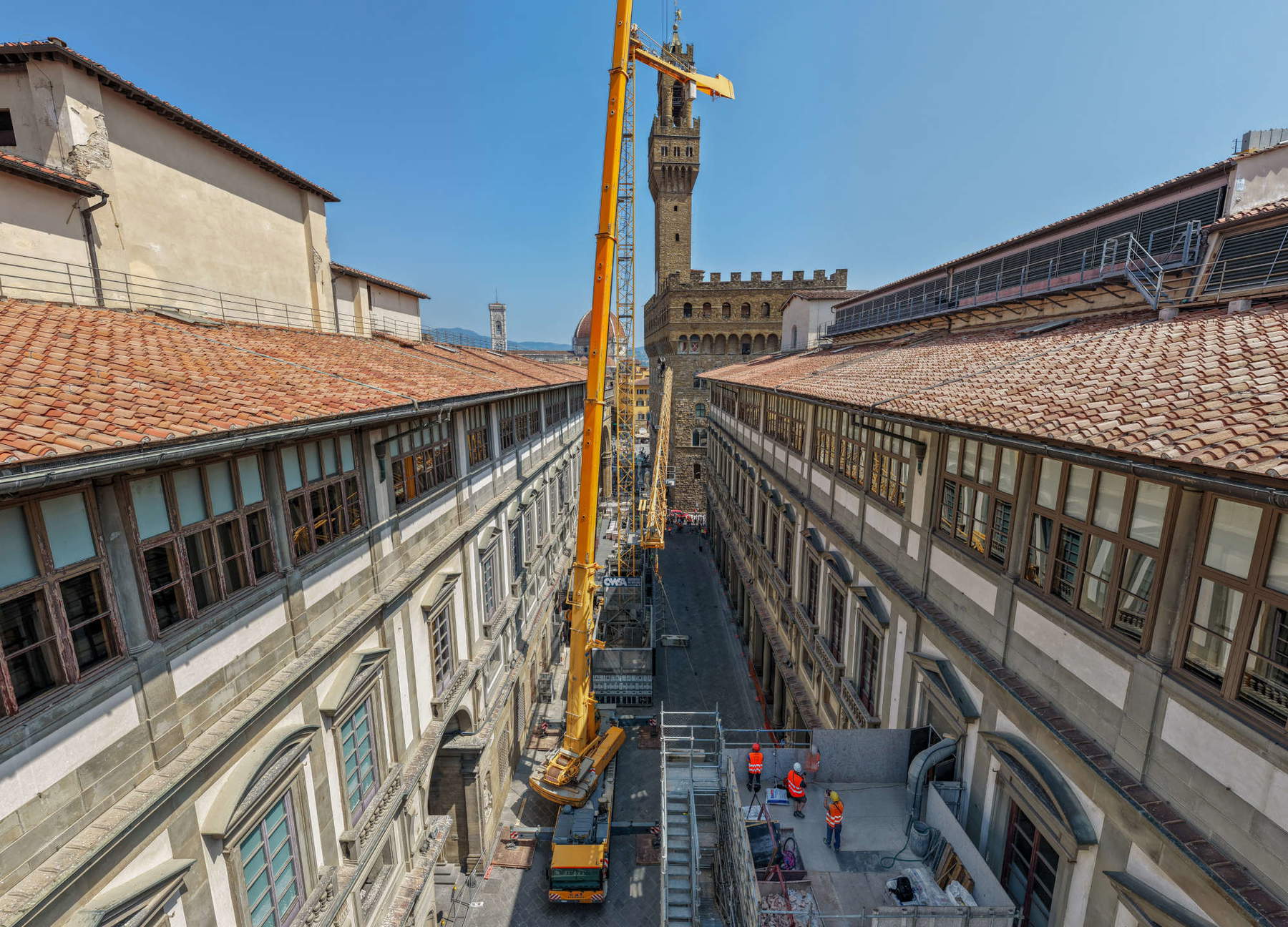
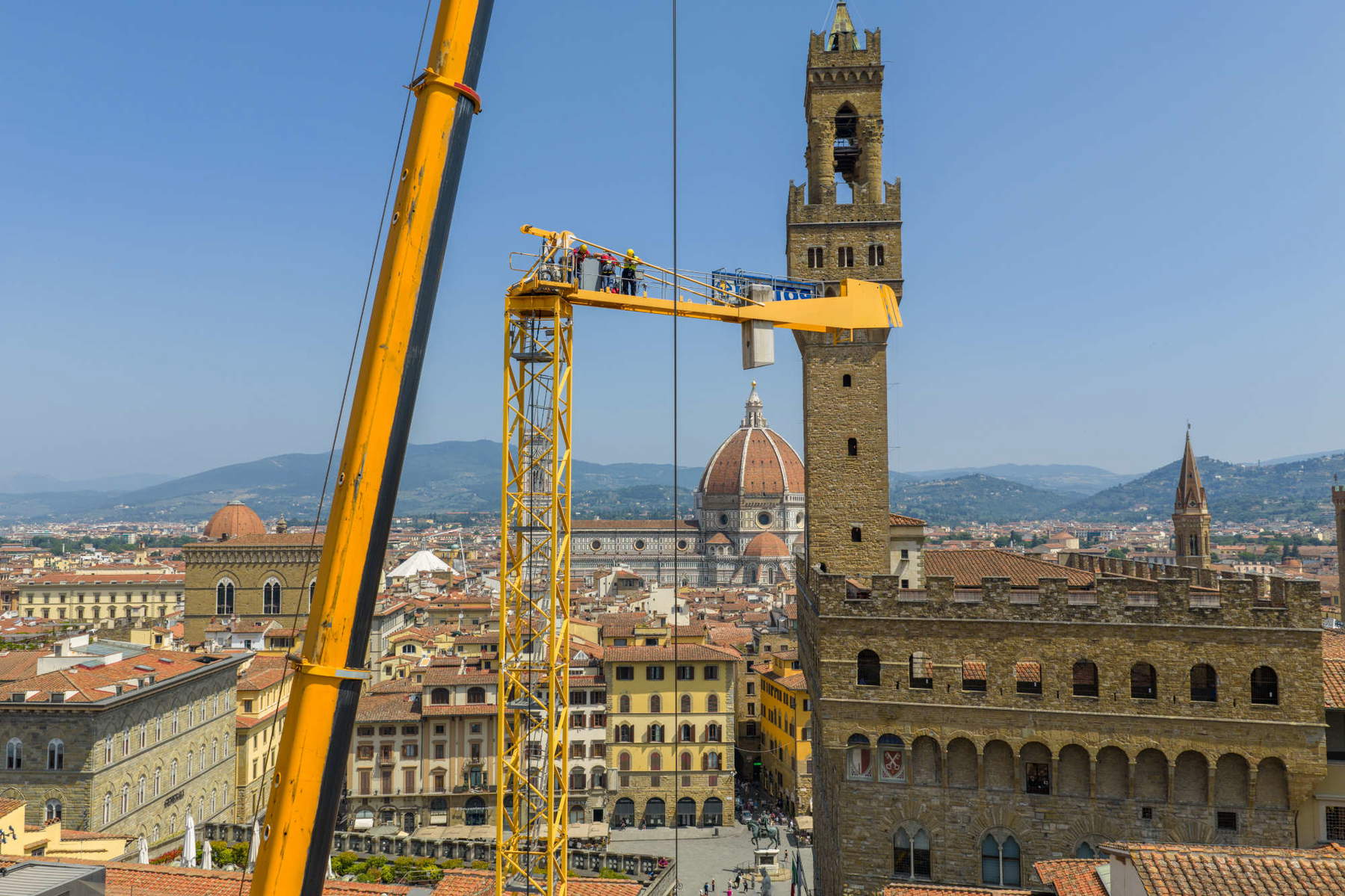

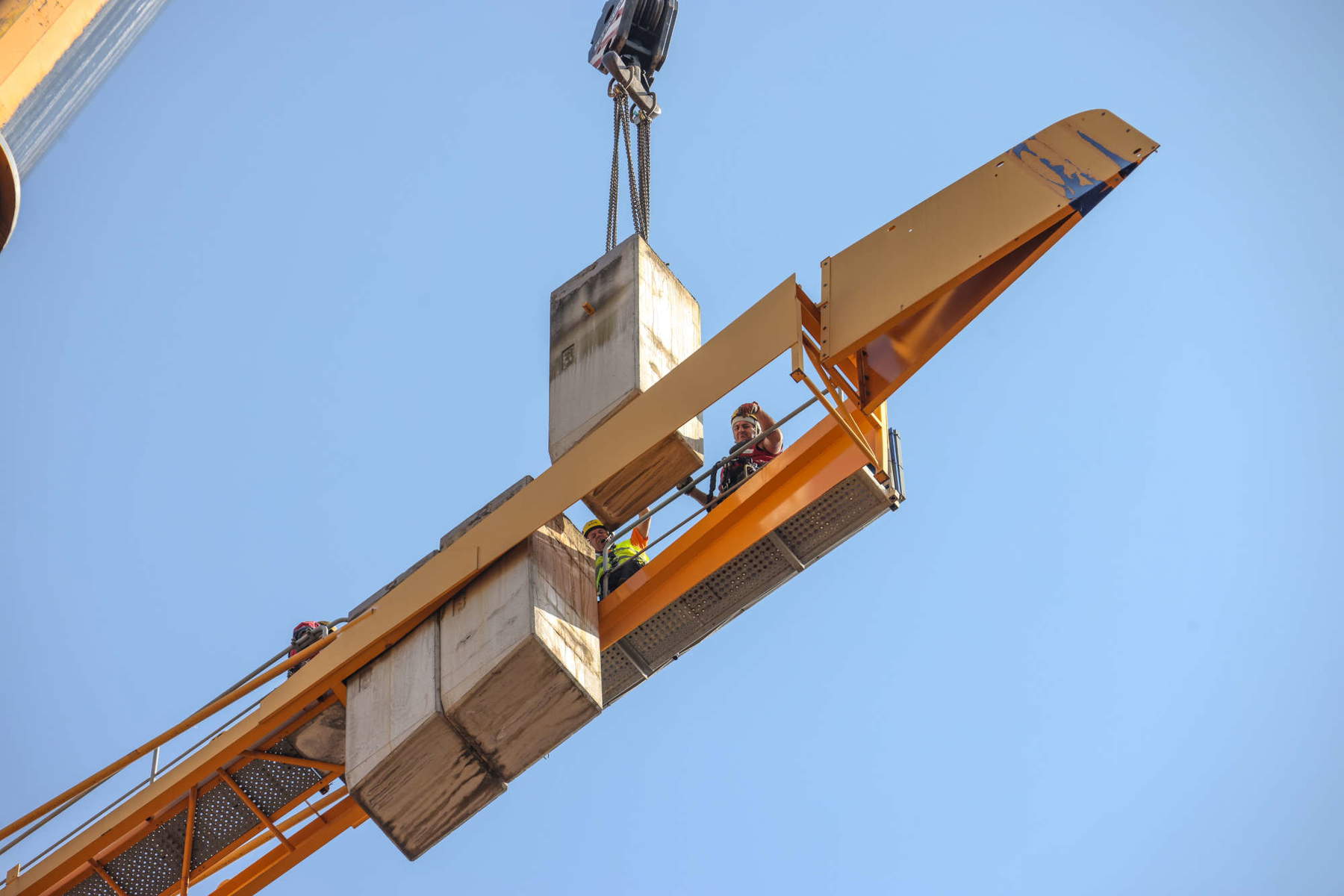

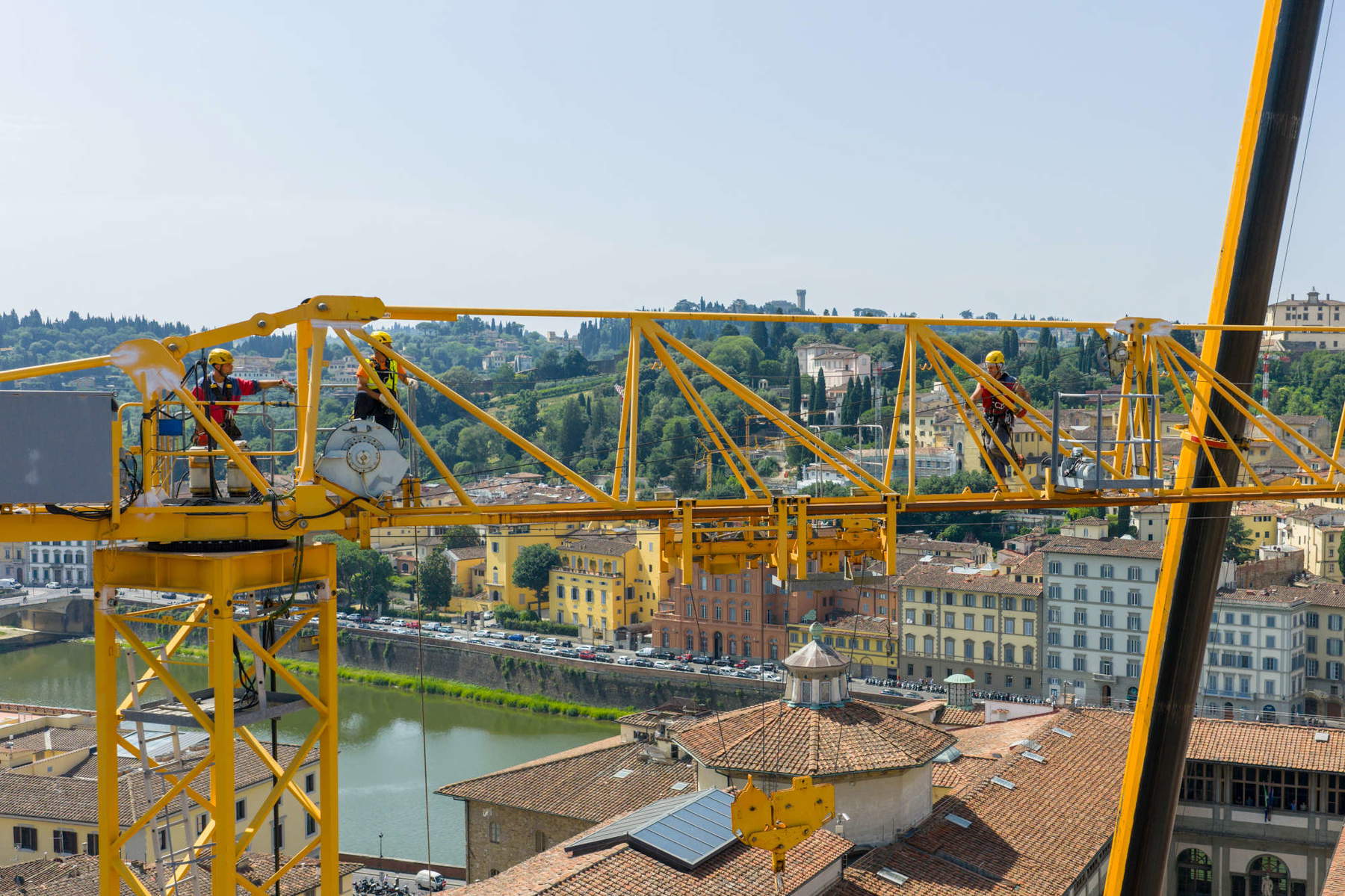
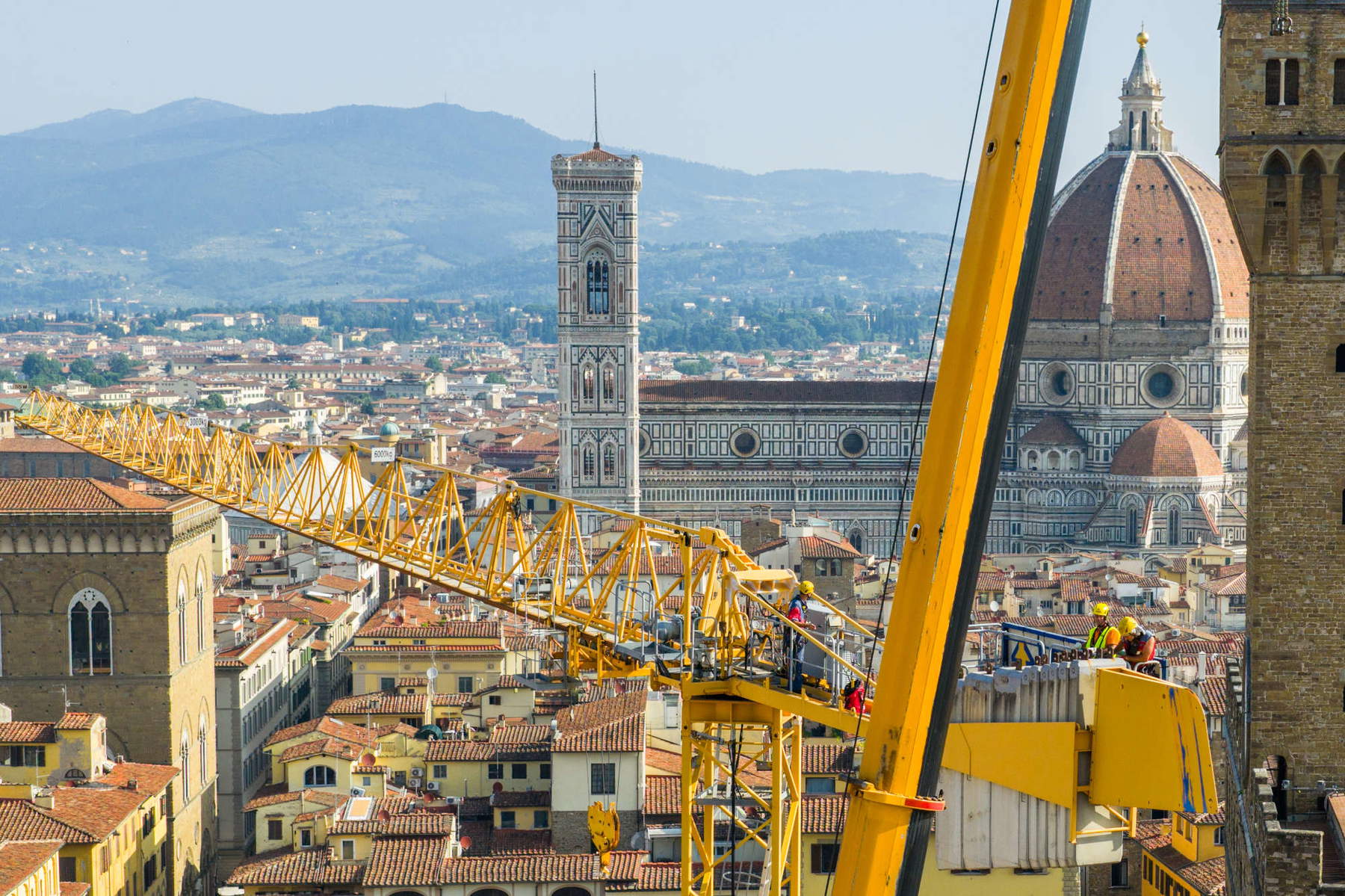
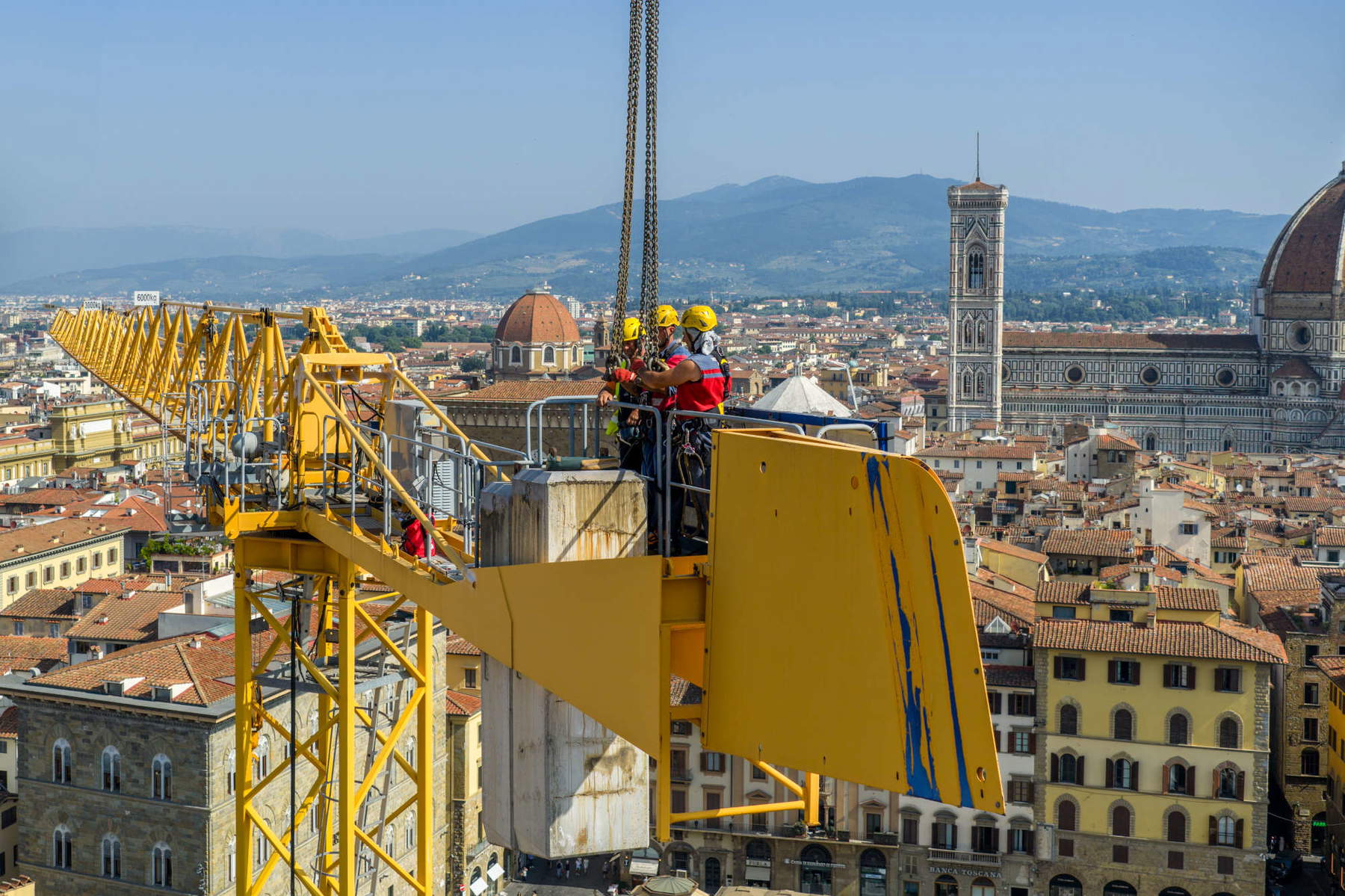
The installation of the crane in 2006 had kicked off a long and troubled season of hiccup work, public debate and criticism. The visual impact of the huge structure on one of the world’s most iconic vistas had immediately aroused perplexity and discontent. Over the years, attempts to remove it had proved fruitless, so much so that some Florentines had begun to consider the crane a “permanent” presence, even spawning ironic social profiles such as Gruinflorence, which joked about its supposed eternity.
Now that chapter is closing. And it is not just the end of a physical presence, but a gesture of strong symbolic value, critically rereading a long season of stagnation and relaunching Florence as a model of harmony between innovation, restoration and historical identity. A city that looks to the future, without forgetting the value of its image.
 |
| Uffizi, goodbye to the crane: dismantling begins. Photos by Massimo Sestini |
Warning: the translation into English of the original Italian article was created using automatic tools. We undertake to review all articles, but we do not guarantee the total absence of inaccuracies in the translation due to the program. You can find the original by clicking on the ITA button. If you find any mistake,please contact us.